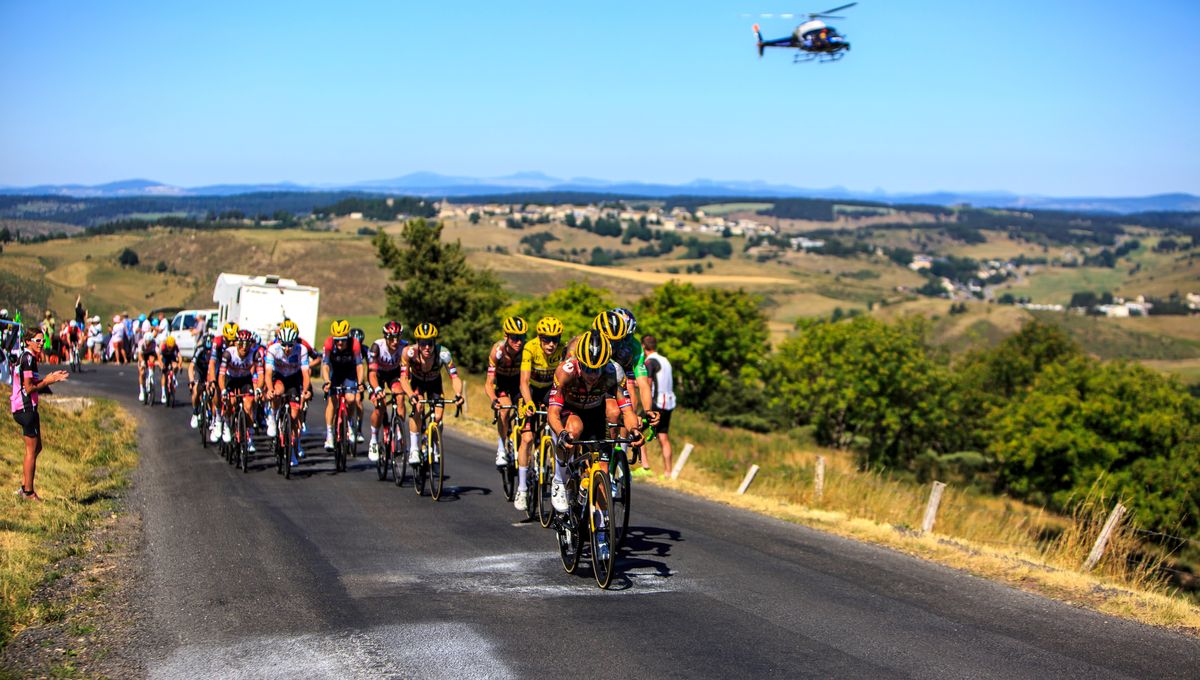
Competition in the Tour de France is extreme. Riders complete over 80 hours on the bike over 3 weeks, yet the first place finish was cumulatively only around 6 minutes faster than second place. During the event, the training and lifestyle factors that can give athletes a competitive edge are under the spotlight. This year, controversy has broke out over rumors of riders using carbon monoxide to improve endurance.
Yes, you read that right. You’ve probably only heard of carbon monoxide (CO) because it’s a poisonous gas. Less than two weeks ago, in the middle of this year’s Tour de France, an article in Escape Collective suggested that cyclists were using carbon monoxide to improve their performance.
Carbon monoxide is a product of incomplete burning of carbon. It is a toxic component of car exhaust fumes. If you have a gas stove, you probably have a CO alarm in your house. It’s colorless, odorless, flammable, and dangerous to breathe in.
When inhaled, carbon monoxide binds to hemoglobin, the iron-containing protein that carries oxygen in your blood and makes it red. By doing so, it displaces oxygen from hemoglobin. Depriving the blood of oxygen is what gives you CO poisoning: dizziness, headaches, chest pain, and loss of consciousness.
Given the associated dangers, what prompted the discussion of cyclists’ rumored use of CO? The ability of CO to bind hemoglobin is commonly used to test a subject’s hemoglobin levels in a test called CO rebreathing.
“Carbon monoxide rebreathing is a method to assess total hemoglobin mass and has been used in altitude training and research for over 20 years. It is a well established, safe, professional method that is backed by a very large amount of research,” UAE-Team Emirates said in a statement, Cycling Weekly reports.
While several professional cycling teams have admitted to using CO rebreathing, some have spoken out about the potential of using carbon monoxide to enhance performance. The short exposures to CO during the hemoglobin test don’t seem to affect performance or health, but more research is needed to confirm. This will inform whether anti-doping agencies ban the use of these tests.
CO rebreathing involves CO inhalation in small doses, for short periods of time. During the test, CO binds to hemoglobin, depriving the blood of oxygen. For an endurance athlete, optimizing how much oxygen the blood can carry is paramount.
More oxygen in the blood means more oxygen in the muscle, and this means improved aerobic performance. Once the oxygen level in the muscle is not enough to keep up with the high demands of contraction, the clock is ticking before your muscles give up. So, blood oxygenation is king if you want to rule the peloton.
Hold on, if maximizing oxygen in blood is so important for performance, why use CO, which displaces oxygen from hemoglobin? Well, the lower oxygen concentration (hypoxia) from CO exposure could stimulate adaptation. A few studies in the last five years have shown that CO exposure can lead to an increase in total hemoglobin. This is similar to the effect of hypoxia at altitude which leads to an increase in red blood cells and oxygen carrying capacity.
Altitude training has become a common practice for athletes. The efficacy of this training can be measured with CO rebreathing: by measuring hemoglobin before and after altitude training, athletes and their coaches can track any improvements. Could even these short exposures affect hemoglobin levels?
Even though CO inhalation might have potential performance benefits, the dangers associated with CO could make it an unsafe practice. The bond between CO and hemoglobin is very stable, and prolonged hypoxia can lead to long-term side effects, including neurological damage.
The line between safe and deadly can be very thin, especially when CO is not being administered by trained professionals (don’t try this at home, kids!). Nevertheless, CO inhalation is not yet banned from endurance sports and there are no clear tests to determine if athletes have been using it, but the CO alarm bell is ringing in the cycling community.
Source Link: Could A Deadly Gas Improve Tour de France Cyclists' Performance?